Eco home improvements: how to make your house greener
Discover heating, cooling and clean energy solutions for your home plus eco-friendly product choices
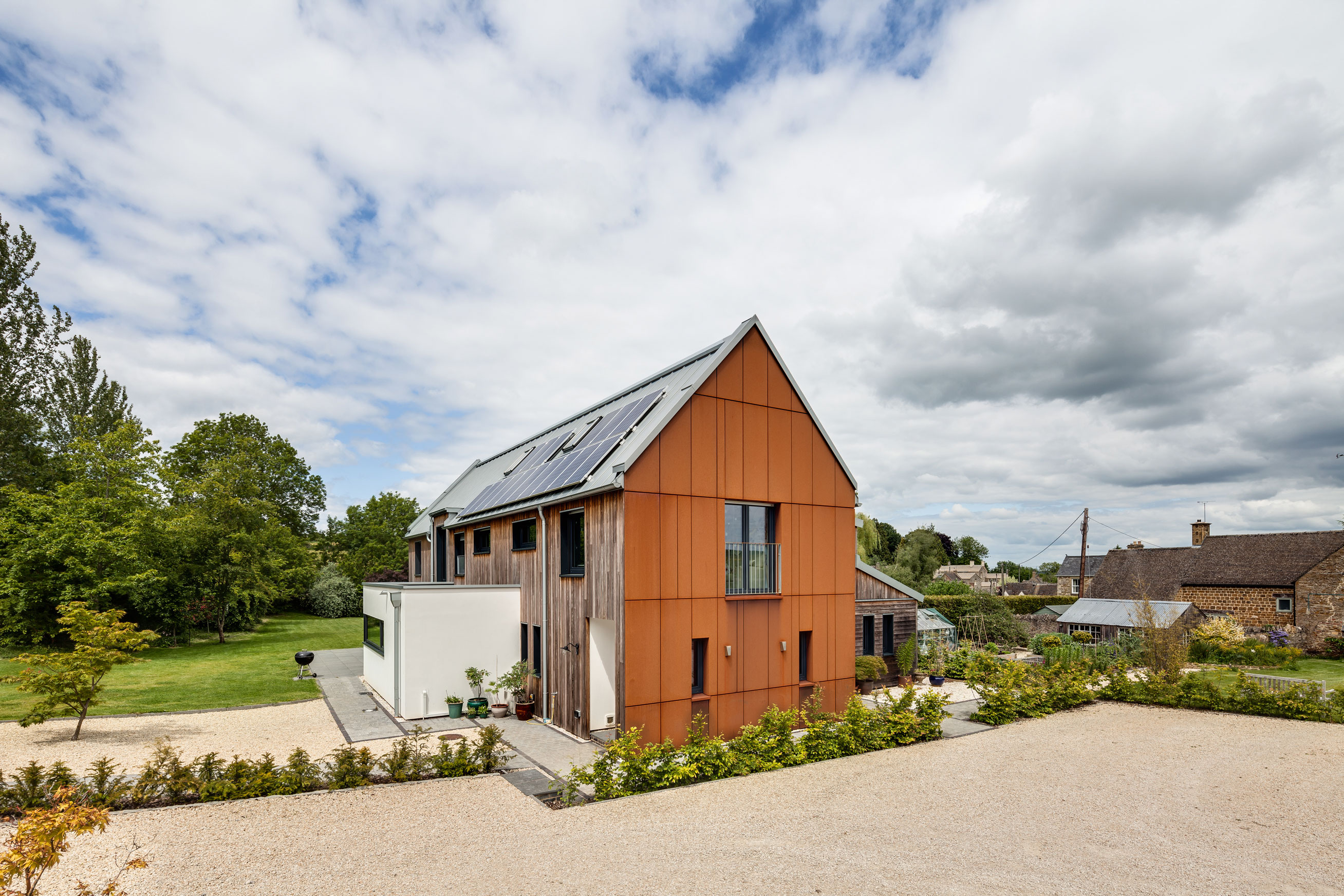

Kaitlin Madden
On the lookout for eco home improvements? Creating a more energy efficient home, along with investing in renewable energy solutions can enable you to play your part in making precious resources go further. It could help you save money, too.
We’ve taken a look at the full range of eco-friendly home improvement options so you can find out how to make your house greener – including eco heating and cooling choices, solar panels, rainwater harvesting, green rooves, and the sustainable choices you can make when it comes to everything from furniture to lighting.
Read on for the lowdown and make the changes that will green up your home, and reduce your energy bills.
Eco home improvements - 8 ways to make your home greener
If you are undertaking a home renovation, sustainability should be at the forefront of your mind from the initial design right through to completion.
From auditing your home's current efficiency, to shopping sustainably, here are eight steps you can take to create a more earth-conscious and eco house.
1. Evaluate energy leaks
Before you begin to update your home with things like eco-friendly heating or sustainable products, it's a good idea to see how your home currently rates, energy wise.
Oftentimes, energy inefficiencies created by things like drafty windows and doors, small gas leaks, or a lack of insulation are one of a home's largest sustainability concerns, and repairing these problems can instantly create a more eco-friendly house.
A home energy assessment, or a home energy audit, is done by a professional and will explain exactly where your home is losing the most energy. Energy assessment companies will typically use things like blower door tests, gas leak detectors, and moisture meters to evaluate various areas of your home.
Once you have information about any energy issues, you can go into your eco-friendly home improvement plans knowing you're making the most impact with your efforts.
2. Add insulation
'The main sources of direct carbon emissions from a homeowner include cars/trucks and heating,' says Austin Whitman, CEO of Climate Neutral. While updating your home's heating system is an excellent way to improve it's energy efficiency (see below), it's also important to make sure your home is properly insulated, since a lack of insulation will require more energy to heat and cool your home.
Fiberglass insulation wasn't widely used until the 1940s, so homes built before then often aren't properly insulated, at least by today's standards. Even if your home is newer than that, insulation technology has come a long way in the last few decades, so it's worth looking into whether your home's current insulation is doing its job.
The amount of insulation your home needs will vary depending on where you live, with homes in the south requiring less insulation than those in the northernmost parts of the country. The U.S. Department of Energy offers a handy map that color-codes each state based on the recommended R-Value (a measurement of a material's resistance to heat conductivity) of attic, floor, and wall insulation.
Since most of your home's heat escapes through the roof, the easiest way to improve insulation to your home is to lay sheets of fiberglass insulation on the floor of your attic. However, to fully seal your house, using a form of blow-in insulation around the exterior walls is the best option.
To make your insulation efforts doubly eco-friendly, choose an insulation made from renewable or recycled materials. You'll find batting-style insulation made from materials like sheep's wool and recycled denim, and blow-in insulation made from castor oil or cellulose.
3. Swap to eco-friendly home heating options
In the US, heating a home uses more energy and costs more money than any other system, according to Energy Saver, an office of the US Department of Energy. Typically, that’s about 45 percent of your utility bill, the experts reveal. Meanwhile, in the UK, heating makes an even bigger impact, accounting for around 55 percent of energy bills, according to the Energy Saving Trust.
There are a number of ways you can cut down on the energy you use to heat your home.
For one, upgrading a furnace or a boiler can reduce energy use and save money on bills if you opt for a high efficiency version. The efficiency of a furnace or boiler is expressed by its AFUE, the annual fuel utilization efficiency. It’s calculated by taking the efficiency of the appliance in converting the energy in its fuel to heat and dividing it by the annual fossil fuel energy consumed by the appliance. In a high-efficiency heating system, the AFUE is 90 to 98.5 percent. In other words, nearly all the fuel provides useful heat for your home. Compare an old low efficiency system: one of these has an AFUE as low as 56 to 70 percent.
In the UK, both new gas and oil fired boilers are now condensing models, which recover the latent heat in waste gases and are more efficient, and swapping to one of these from an old version can make your home greener and bring savings.
A further eco heating option is an air source heat pump, or a mini split system, which can be ideal if you're converting your home from an oil heating system. 'Making a home energy efficient and all-electric (e.g., converting from natural gas and fuel oil) is a great step and also improves indoor air quality.' says Whitman. With air source heat pumps, heat from the air gets absorbed into a fluid, which causes it to become a gas, which is then compressed, raising its temperature, and this is transferred into the heating system. One of these can also be used for cooling (see below). Bear in mind that a well insulated, air tight home is required if you’re to use an air source heat pump.
Also worth considering are geothermal heat pumps, aka ground source heat pumps. These use pipes buried in the ground to extract energy, which is amplified by a heat pump into heat that’s useful in a home. A backyard that's large enough for the pipes is required, which may rule it out as an option for some homes.
Smart tech could also help save energy. ‘Home management systems like Alexa and Google Nest have been the catalysts for this,’ says Martyn Bridges, Director of Technical Communication & Product Management at Worcester Bosch. ‘When you realize you can ask these products to do certain tasks for you, and that one of those tasks could be operating your central heating system if you have smart controls, then I think that is of interest to homeowners.’
4. Find greener ways to cool your home
Air conditioning is a feature of a majority of US homes, according to Energy Saver, and uses about 6 percent of all the electricity produced nationwide. For a greener home, upgrading to a more energy efficient air conditioner is a good idea – look out for an Energy Star-qualified version – but there are more eco-friendly ways to stay cool.
Better ventilation is the greenest eco cooling strategy and can be achieved by opening windows to create a cross breeze, and using individual fans as well as whole house fans.
Less energy-hungry than AC units are evaporative coolers, which pass hot outdoor air over water-saturated pads so its temperature drops. A fan then blows this cool air into the room. Bear in mind, however, that these coolers are only suitable if you live in a low humidity area.
Both geothermal and air source heat pumps/mini split systems can also be used as an eco option for cooling a home in addition to heating it.
5. Invest in solar panels
Adding solar panels is an eco home improvement you might opt for in order to provide electricity or hot water for your home. As the energy comes from a natural source, it’s renewable and clean, and means you can rely less on fossil fuels to power your home.
Solar photovoltaic (PV) technology provides electricity. It’s widely available, silent and fairly low maintenance as well. Solar thermal, meanwhile, provides free hot water. The tech is simple and reliable.
‘In both cases, energy from the sun is collected via panels, usually on the roof, then converted,’ explains Christian Engelke, technical director at Viessmann. ‘That energy may be stored as hot water in a cylinder for when it is needed in the case of solar thermal, and in the case of solar PV, used to power household appliances or charge electric cars – either while the sun is shining, or later if used in conjunction with a battery storage device.
‘Solar thermal can be used to great effect all year round, in conjunction with traditional heat sources, such as modern gas-condensing boilers, where they can reduce fossil fuel energy consumption by around up to 35 percent if used for central heating and hot water, or with renewables.
'This is a significant step to reducing household environmental impact, particularly when used with an energy-efficient boiler with the latest controls. Solar PV systems can cover much of the electricity required to power a ground or air source heat pump and can support properties going completely off-grid for their heat.’
6. Shop for your home sustainably
What you buy to furnish your home and backyard can also contribute to making it greener. Think sustainable products, eco paints, energy-efficient appliances and electronics, and solar-powered options.
If you’re shopping sustainably for a new appliance, look out for the Energy Star label which shows it meets specific standards for energy efficiency. Look, too at the EnergyGuide label. In the UK, meanwhile, new energy labelling now rates washing machines, washer-dryers, dishwashers, fridges, lighting and TVs from A to G. This replaces the A+++ to G scale. This is particularly important when looking for sustainable kitchen ideas.
Switch to energy-efficient light bulbs, too. LEDs are the top choice for saving electricity. There are also LED lights for outside your home, or you could opt for solar-powered outdoor lighting to illuminate paths, steps and other areas. They’ll charge up by day to illuminate the backyard after dark.
For the bedroom, pick a mattress made with wool, cotton, bamboo, or plant-based foams or latex for a greener choice.
When it comes to furniture, going for designs made with reclaimed materials, or picking upcycled pieces is one option. If you’re buying new wooden pieces, look out for FSC certification to be confident that the wood comes from a forest that meets the highest environmental standards.
Etsy is one place to search for sustainable buys. ‘More than ever, shoppers are looking for eco-conscious options for their decor and Etsy is home to millions of items, many of which are sustainably made,’ says the site’s trend expert, Dayna Isom Johnson. ‘From upcycled furniture to accents made from eco-friendly materials like recycled plastic, cotton or glass, it's easy to find something that not only looks great, but also does a world of good for the environment.’
Finally, approach home decorating trends with caution. Instead, focus on timeless pieces that will stand up to decades of wear, as well as changing styles. 'Decorating with longevity in mind means seeking both trend proof design and quality craftmanship that is designed to last,' says Emily McGarvey, director of sustainability at furniture brand Room & Board. 'Room & Board balances modern lines with timeless details so our customers love them far beyond this year’s trend. Also, with 90 percent of our manufacturers based in the US, this results in better quality with increased custom capabilities. This means finding the perfect solution is easier and ensures a piece will have a long life in your home.'
7. Harvest rainwater
Rainwater harvesting allows it to be re-used so you take less from municipal water or the mains. It’s an eco-friendly option, conserving precious supplies at a time when shortages are a growing issue.
The rainwater that’s harvested can be used to irrigate the backyard; it might be used indoors for flushing toilets and the washing machine; and it’s even possible to meet all the demands of a home with a system where the water is properly filtered and disinfected.
The size of the system that needs to be installed will depend on whether it’s for the backyard alone or for use inside the home, when a sizeable storage tank will be required.
8. Create a green roof
Green rooves are a growing trend for commercial buildings, and one that’s increasing in popularity for homes as well. Covered with vegetation such as sedums, they’re attractive, but they definitely aren’t just green in a literal sense.
‘Green rooves offer a wealth of benefits, such as aiding biodiversity, improving air quality, regulating internal temperatures, and prolonging the lifespan of a roof,’ says John Carter, Head Buyer at Roofing Megastore.
A green roof can absorb heat from the sun and contribute to cooling your home in summer and even provide some insulation in winter. It will also absorb carbon dioxide. It can also reduce the rainwater run-off so it stays out of the local system.
Pick from systems that are lightweight and low maintenance with some types of grasses, mosses and sedum, or intensive versions with a thicker layer of soil with a selection of grasses together with herbs, flowers and even shrubs. One of these could even create extra outdoor space. There are also systems somewhere in between these two poles.
How do you do an eco-friendly renovation?
An eco-friendly renovation comes down to choosing the right materials and implementing the right systems when remodeling.
Here are a few options for eco-friendly renovation products:
- Recycled materials, like recycled glass and reclaimed wood
- Repurposed materials, like architectural salvage items or secondhand finds
- Low-VOC paints and products, which lead to better air quality
- Renewable materials, like wool insulation and bamboo flooring
Your remodel is also a good time to make eco-friendly upgrades to your home's systems, for example:
- Installing a low-flow toilet to conserve water
- Choosing Energy Star-certified appliances
- Adding insulation to an older home
- Choosing energy efficient doors and windows
Sign up to the Homes & Gardens newsletter
Design expertise in your inbox – from inspiring decorating ideas and beautiful celebrity homes to practical gardening advice and shopping round-ups.

Sarah is a freelance journalist and editor. Previously executive editor of Ideal Home, she’s specialized in interiors, property and gardens for over 20 years, and covers interior design, house design, gardens, and cleaning and organizing a home for Homes & Gardens. She’s written for websites, including Houzz, Channel 4’s flagship website, 4Homes, and Future’s T3; national newspapers, including The Guardian; and magazines including Future’s Country Homes & Interiors, Homebuilding & Renovating, Period Living, and Style at Home, as well as House Beautiful, Good Homes, Grand Designs, Homes & Antiques, LandLove and The English Home among others. It’s no big surprise that she likes to put what she writes about into practice, and is a serial house renovator.
- Kaitlin MaddenExecutive Editor, Homes & Gardens
-
 Orange and green is the bold color pairing quietly transforming homes in 2025 – here's 4 reasons why
Orange and green is the bold color pairing quietly transforming homes in 2025 – here's 4 reasons whyInterior designers are making the orange and green combination work wonders – this is how you can too
By Sophia Pouget de St Victor Published
-
 This Michelle-Pfeiffer-approved chair is made of a forebodingly unusual material, opening the debate: Is it a rustic stunner, or a danger to sitters?
This Michelle-Pfeiffer-approved chair is made of a forebodingly unusual material, opening the debate: Is it a rustic stunner, or a danger to sitters?The actress took to Instagram with a chair made of a controversially sharp material – and fans are unsure of how they feel about it
By Sophie Edwards Published
-
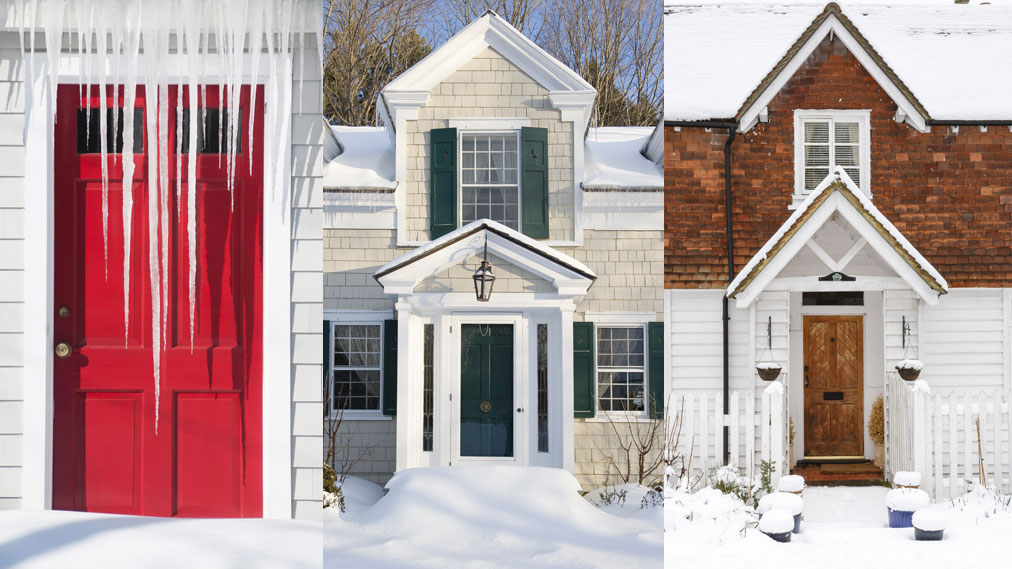 10 ways to winterize a house – get your home ready for winter
10 ways to winterize a house – get your home ready for winterThese simple ways to winterize a house will help you get your home ready for the inclement weather
By Holly Reaney Last updated
-
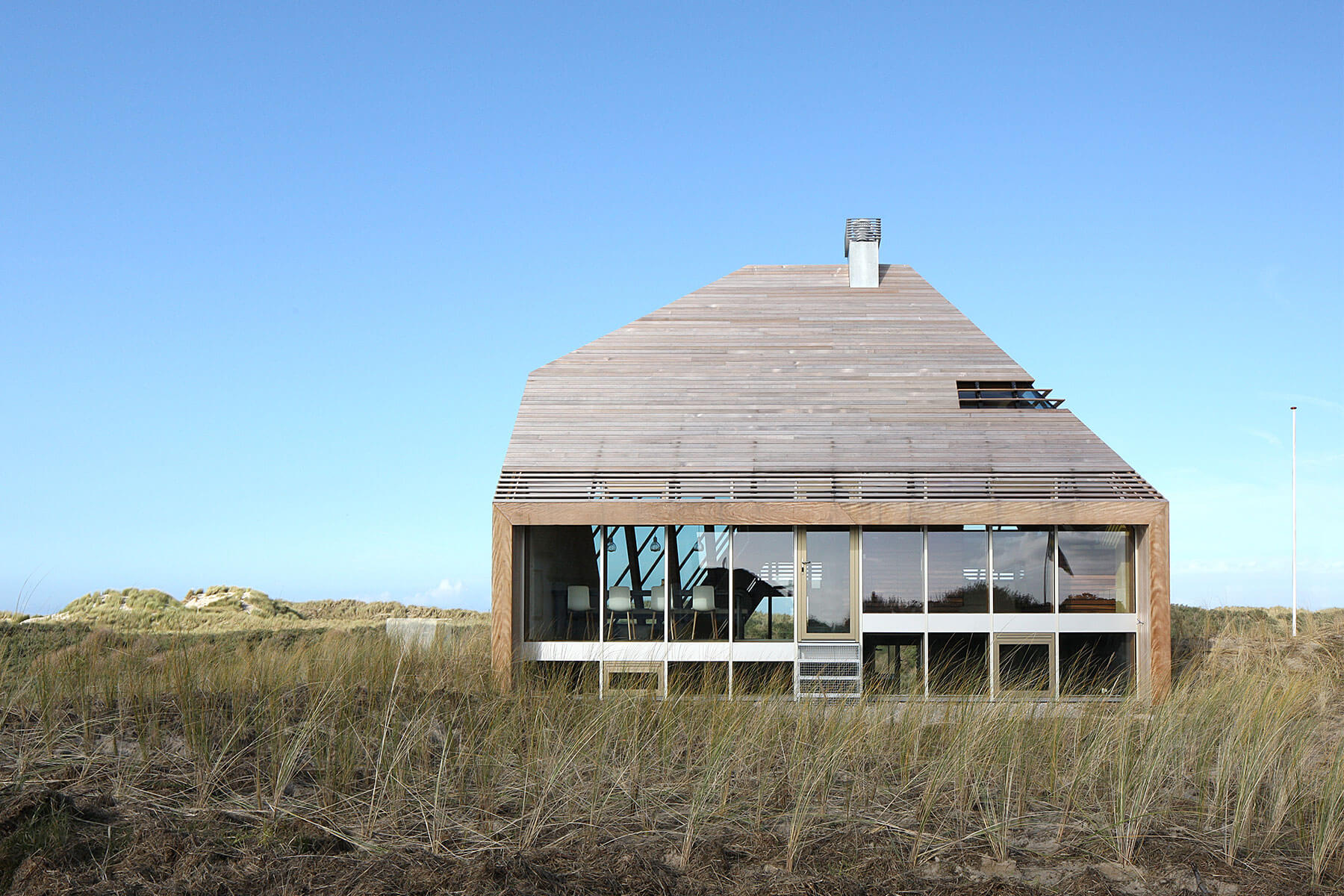 Eco-friendly building materials – discover the green options
Eco-friendly building materials – discover the green optionsHere are the products to look out for if you’re committed to using eco-friendly building materials in your remodel
By Sarah Warwick Published
-
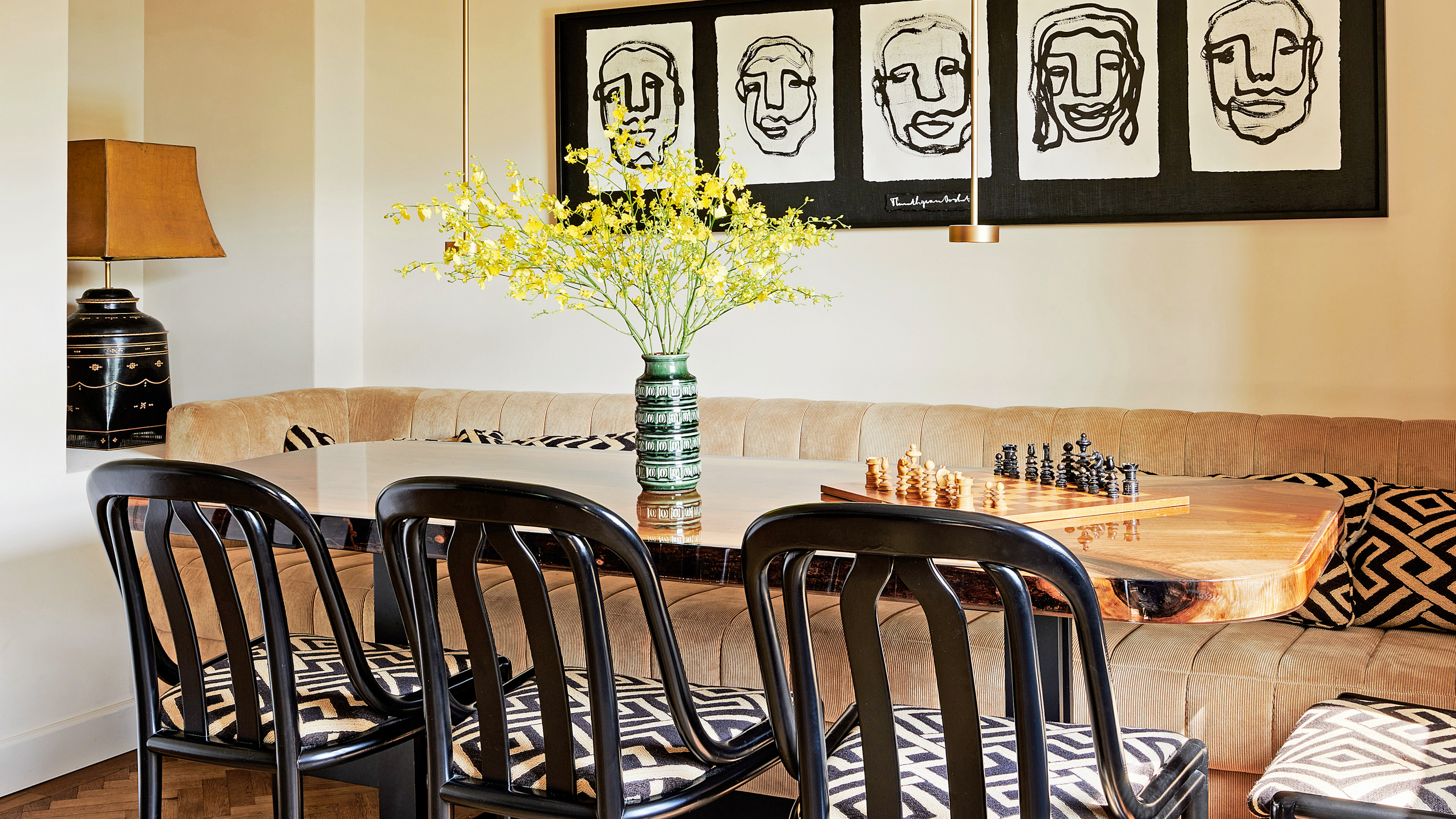 This Dutch farmhouse combines country charm with an eco outlook
This Dutch farmhouse combines country charm with an eco outlookNow a country idyll, this once crumbling farmhouse was transformed by a large-scale renovation that preserves the property's past as well as future proofing it
By Vivienne Ayers Published
-
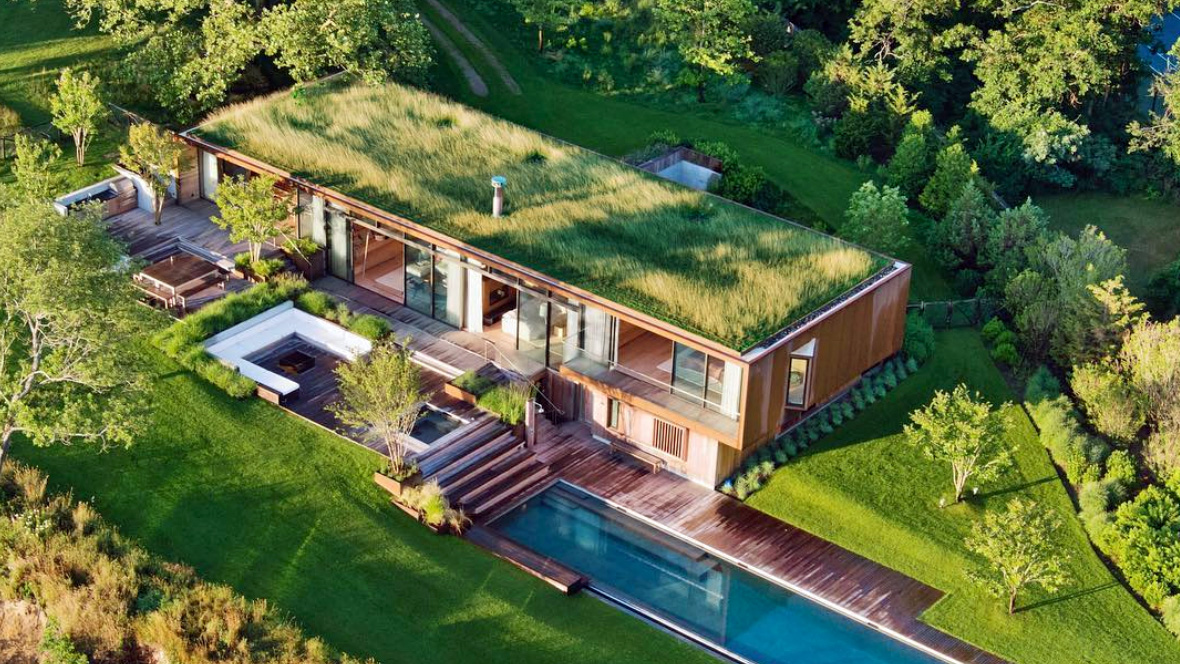 Eco houses – 7 most beautiful sustainable builds, from forest dwellings to city homes
Eco houses – 7 most beautiful sustainable builds, from forest dwellings to city homesThese are some of the world's most coveted eco houses, beautiful homes designed by architects with their gaze firmly fixed on sustainability
By Lucy Searle Published
-
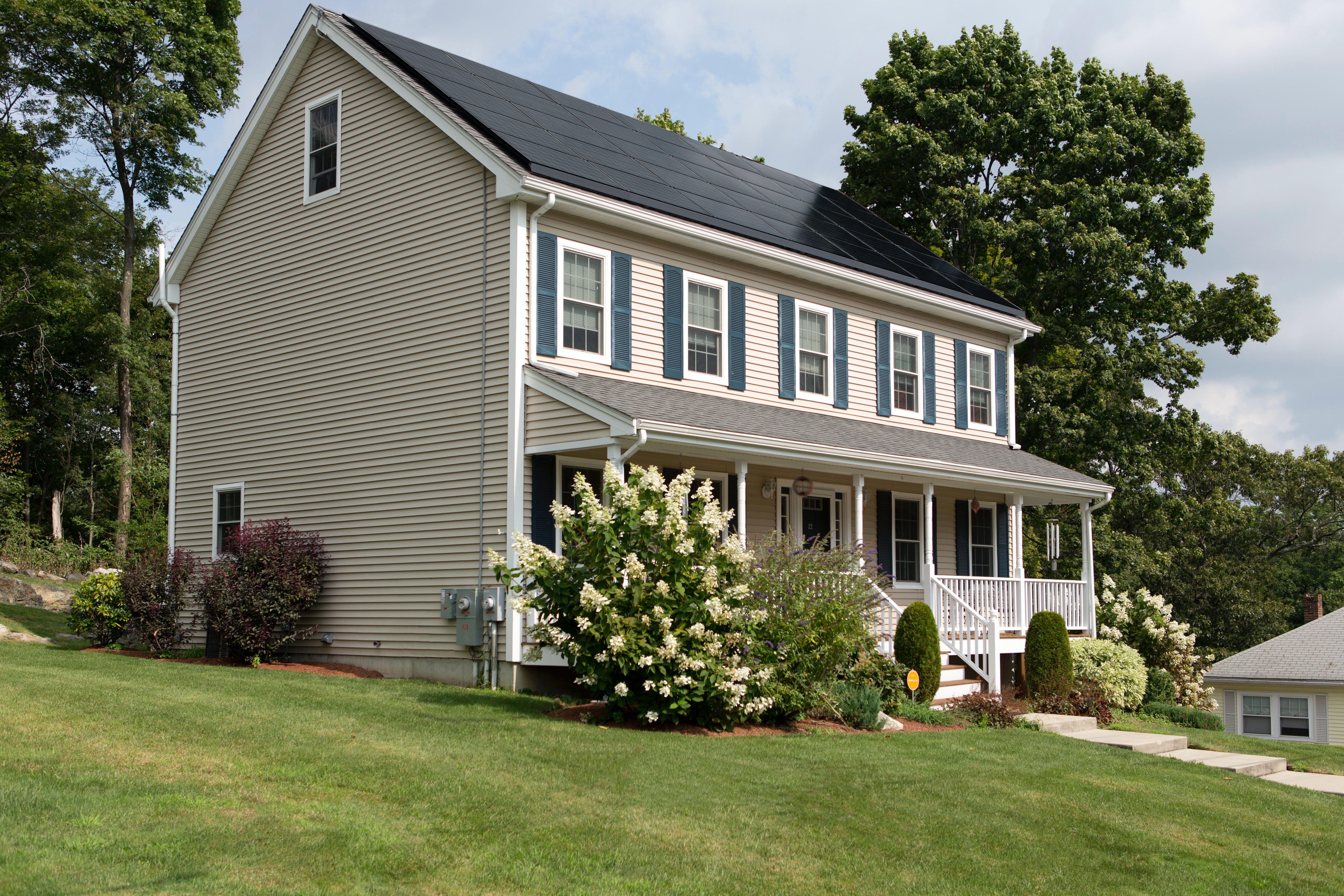 Solar panels: a complete guide to making your own home energy
Solar panels: a complete guide to making your own home energyFind out about the different solar panels – available and how they can save you energy as well as cash
By Sarah Warwick Published
-
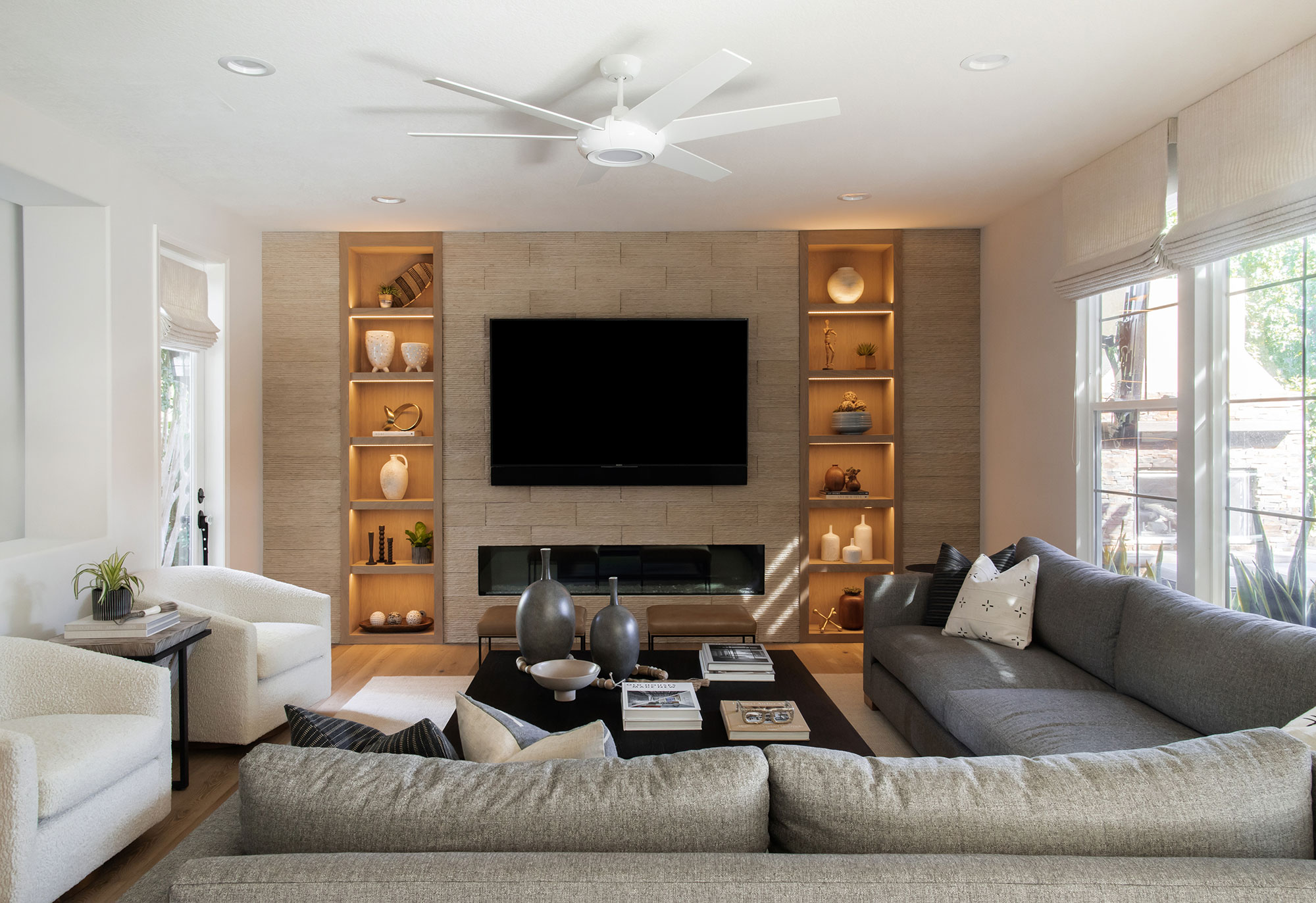 Eco cooling – sustainable air conditioning for your home
Eco cooling – sustainable air conditioning for your homeDiscover eco cooling options – the greenest ways to keep your home from over-heating
By Sarah Warwick Published
-
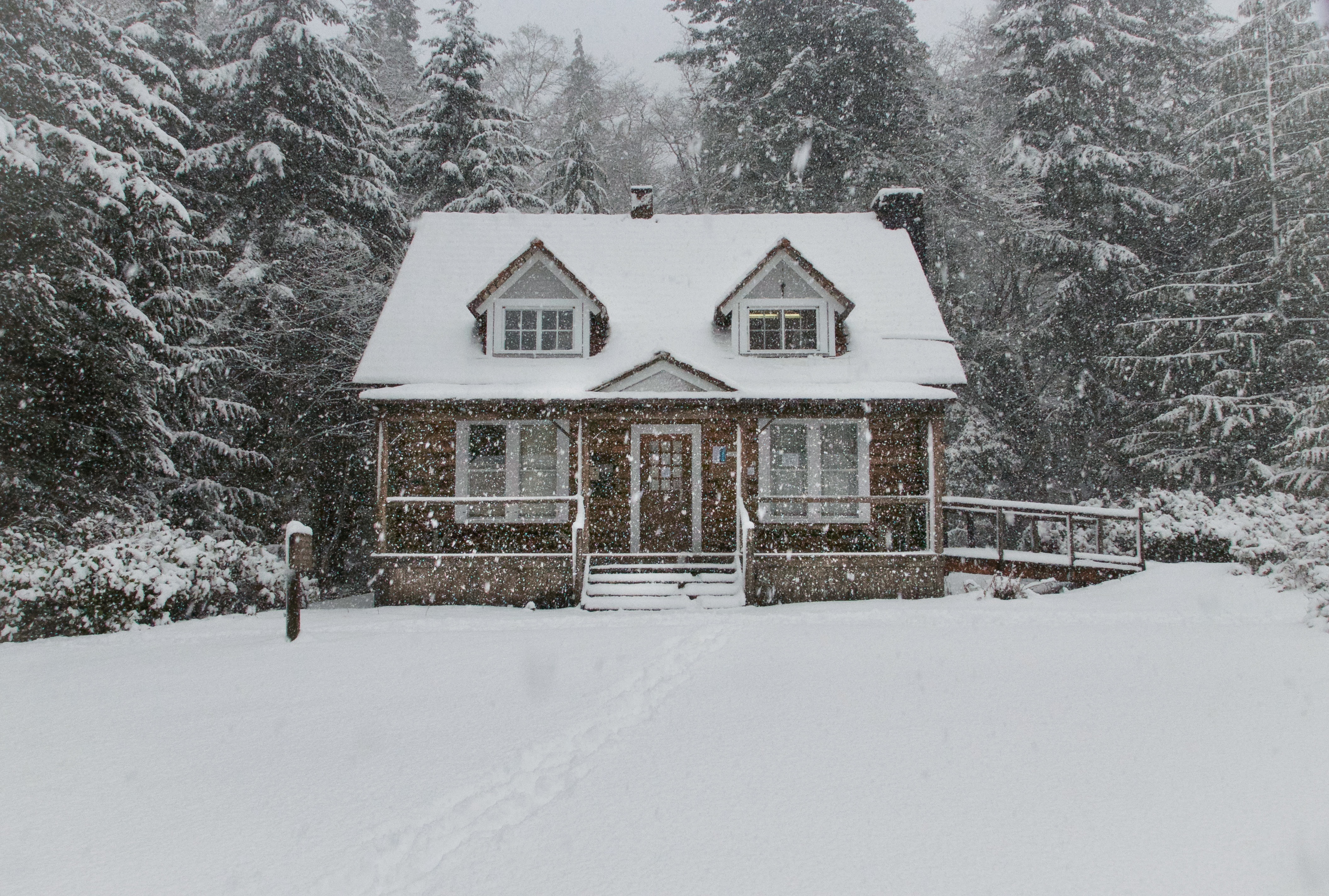 Eco heating – from heat pumps to boilers and furnaces
Eco heating – from heat pumps to boilers and furnacesFind out about the eco heating options that can make your home greener and reduce bills
By Sarah Warwick Last updated
-
 Are these Japanese-inspired, energy-efficient homes the future of homebuilding?
Are these Japanese-inspired, energy-efficient homes the future of homebuilding?These new developments aim to prioritize green space, community and good design
By Jennifer Ebert Published